It’s Winter in the Northern Hemisphere, and that means less sunlight, more time indoors, and for most of us, a challenge to stay active. Valerie Orsoni has 5 important tips to help you get through this cold season and stay healthy, warm, fit, and most of all – happy!

The principle is simple: light exposure helps increase the production of serotonin (a hormone that regulates moods, energy level) and reduces the production of melatonin (the famous sleep hormone), thus fighting fatigue and regulating emotions at the same time.
Luminotherapy is especially used to treat seasonal depression which can happen during the winter months when the level of light radiating from the sun drops from 50,000 lux (summer) to just 500 lux! Below 2000 lux, the more sensitive amongst us can experience mood swings and changes to our body clock. Ideally, luminotherapy lamps generate between 2,500 and 10,000 lux (this is how the light is measured) at 15 min to 2 hours per day. With just 1/2 hour sessions daily, the effects of the luminotherapy can be felt very quickly (after just 4 days or so). These small high-tech lamps are also very effective for people who work a night-shift and don’t get to see much daylight.
Note: check with your doctor or optician before using luminotherapy as some people are extra sensitive to the bright light.
Of course, if the winter day brings clear skies, don’t hesitate to enjoy as much natural sunshine as you can, between the hours of noon and two. Most importantly, let’s not allow the winter blues to get us down – keep your sneakers by your bed and get up on the right foot!
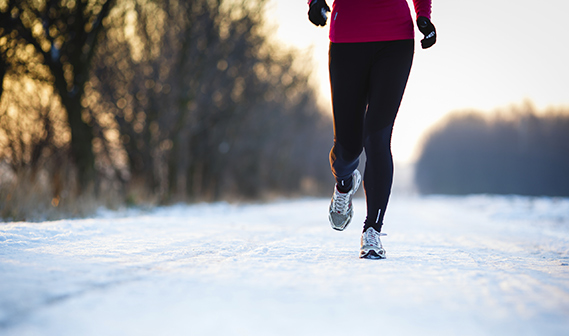
Go for cardio type exercises and work out with a partner or group of friends to keep motivated. My favorite winter sport? Nordic Walking! It gets your heart pumping while burning up to 40% more calories than regular walking, thanks to the movement required by your body in using Nordic walking sticks.
If you can get to a nearby ski area, then skiing, skating and snowshoeing are excellent ways to capture the winter! These sports give you a burst of energy and allow you to enjoy the pleasures of the snowy mountains.
Of course, in case of severe weather, or if you don’t have time to exercise outdoors during daylight hours, opt for a high-energy aerobics DVD from the comfort of your living room. If you still prefer to go to the gym, take a spinning class (indoor cycling which burns more than 750/800 calories an hour!).
For a more low-key type exercise, try out a Kundalini Yoga class of which I am a big fan – amazing for targeting the entire body system, releasing pent-up energy, developing awareness, and loosening knotted muscles which is common during the cold weather.
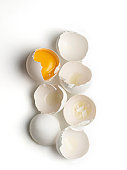
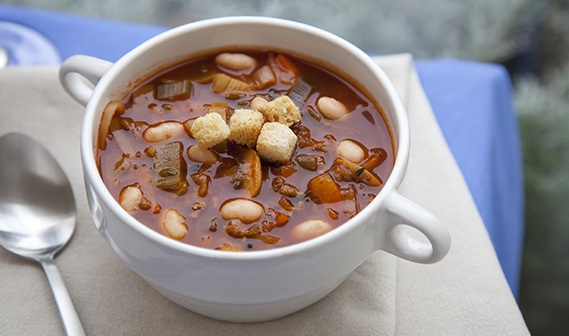
In making your soups, favor the following foods for their strong nutritious content:
– Orange vegetables for beta-carotene (carrots, pumpkin, sweet potato)
– Green leafy vegetables for Vitamin B9 (watercress, spinach)
– Cruciferous vegetables for Vitamin C (cabbage, cauliflower, Brussels sprouts, broccoli)
– Legumes for fiber (lentils, beans)
Don’t hesitate to get creative in making your soups: add herbs, dried fruits, uncommon spices, wholegrain noodles, wild mushrooms, you name it. Even foie gras! Yes, as long as it’s in moderation, foie gras is good for your cardiovascular health. Switch up your soup bases with lentils, chestnuts, or coconut milk and go festive! Enjoy with family and friends for a hearty experience for both your body and spirit ;).
Caution: do not heat soups in the microwave as this destroys a majority part of the vitamins!
5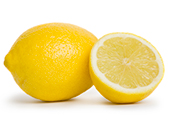
– Start your day with a freshly squeezed lemon in room-temperature water.
– Go for an all-fruit breakfast at least once a week – you’ll be amazed at the increase in your energy levels!
– Incorporate as many raw fruits and vegetables into your meals, in particular, lamb’s lettuce, oranges, and kiwis.
Want more coaching from the comfort of your living room this winter? Join me on LeBootCamp!
Stay warm!
Valerie Orsoni
Your LeBootCamp Coach
Tags: coaching cod liver oil cold weather eggs fitness health lebootcamp luminotherapy motivation Nordic walking nutrition oysters salmon sardines seasonal depression skating skiing soup sun Valerie Orsoni Vitamin D winter winter blues












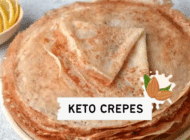
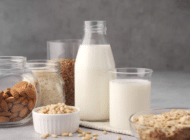

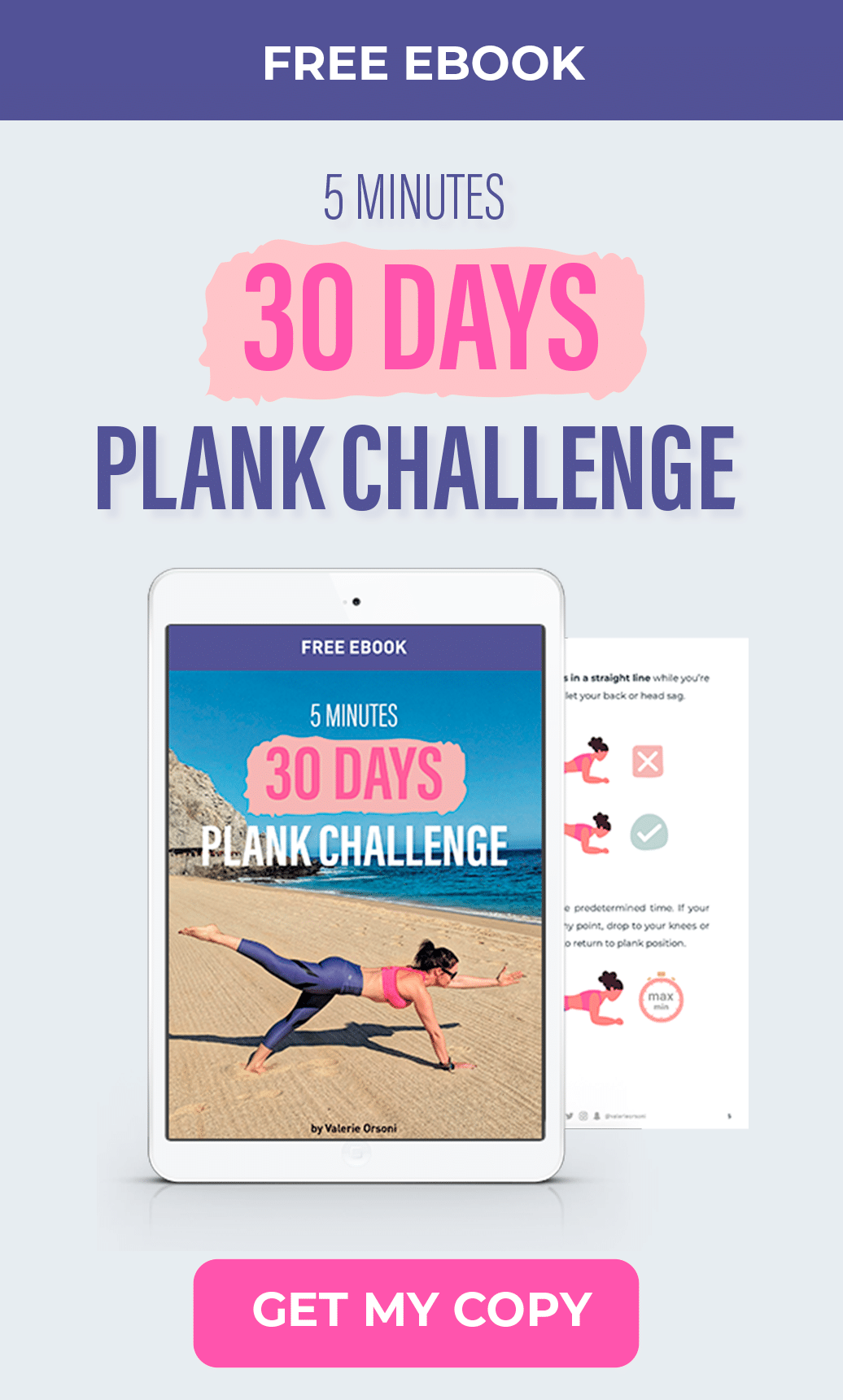
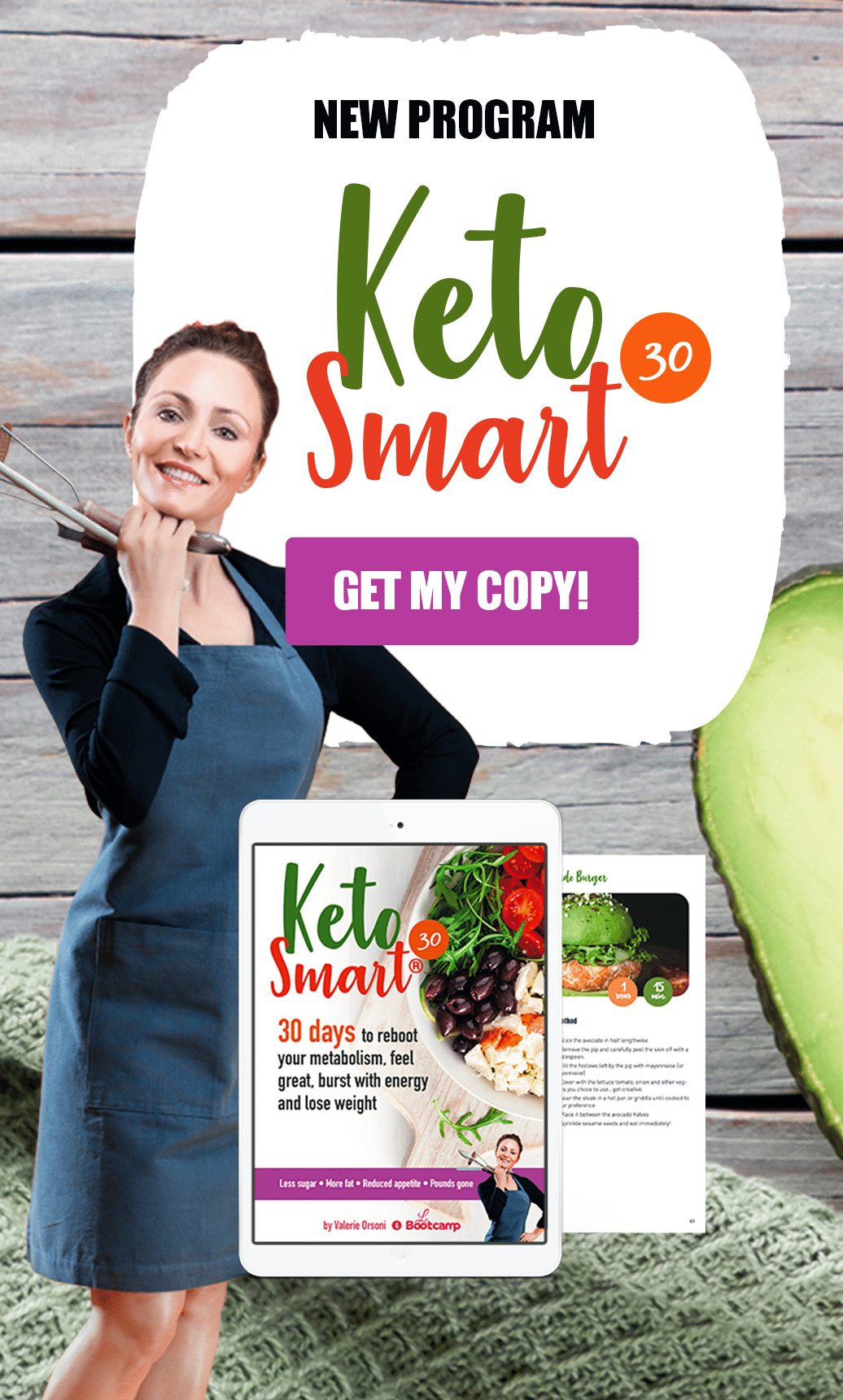
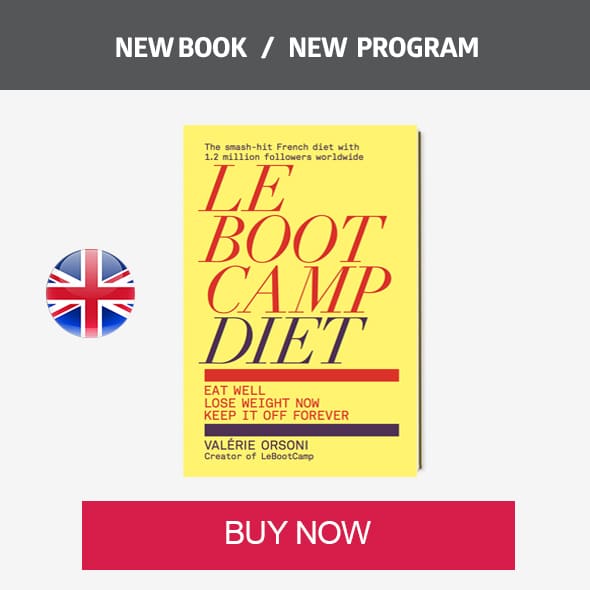
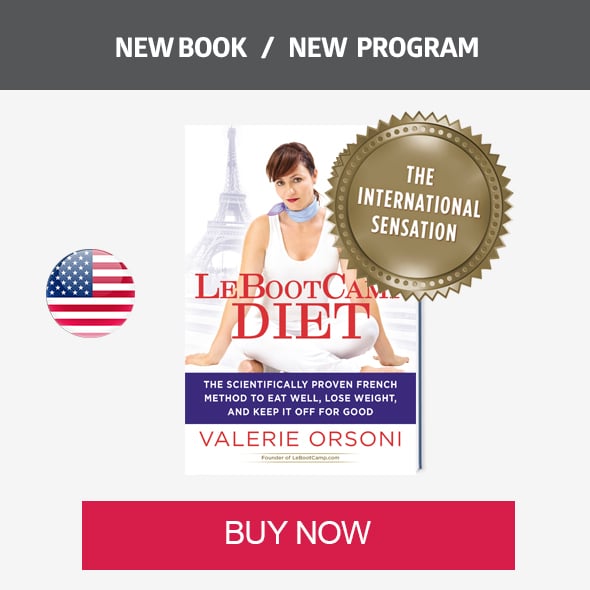






Leave a Reply